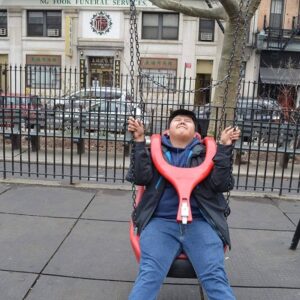In Chapter 6 ” Narrative”, Culler explains the fascinating thing called a narrative theory or narratology. Narratology is the structure of the plot and how things lead to another event and that event leads to another event. Culler uses the example of history, “French Revolution is to grasp a narrative showing how one event leads to another”. Another example of this is a movie I recently watched with my little brother called “chicken little”. For a very straightforward children movie, it had some level of depth from start to end. The movie even starts with a narrator explaining the plot of the movie in the first five minutes of the movie. This is all to set the stage of the world we are about to visit in this movie. When the movie ends with its surprising climactic ending it ties it all back together.
When Culler said that “there is a basic human drive to hear and tell stories” he wasn’t kidding. I could tell this simple story was handled with care to present the best possible story they could tell.




